Stop Ruining Your Sweaters: The Real Way to Wash Knits at Home
I’ve worked with beautiful textiles for a long time, and honestly, it breaks my heart to see a gorgeous sweater get destroyed by a single bad wash. That fear of shrinking a treasured cashmere piece or felting your favorite wool pullover? It’s completely valid. So many of us just toss everything at the dry cleaner, but that gets expensive, and it isn’t always the best thing for the fabric.
In this article
- First Things First: Know Your Knits
- The Prep Work: Don’t You Dare Skip This
- The Hand-Washing Method: Your Best Bet for Fine Knits
- The Machine-Washing Method: Proceed with Caution
- The Drying Phase: Where Most People Go Wrong
- How Often Should You Wash, Anyway?
- Hand Wash vs. Machine Wash vs. Dry Cleaner
- The “Oh No!” Fix for a Shrunken Sweater
- Inspiration:
Properly washing your sweaters isn’t some secret art form. It’s a skill, and a pretty easy one to learn once you know the rules. It’s all about understanding what you’re working with and treating it with a bit of care.
So, let’s walk through the exact methods the pros use. This isn’t about speed; it’s about making your favorite knits last for years to come. When you do it right, you’re not just cleaning them—you’re preserving an investment.
First Things First: Know Your Knits
Before a single drop of water touches that sweater, you have to know what it’s made of. This is where most laundry disasters begin. Animal fibers and plant fibers are worlds apart in how they react to water and heat.
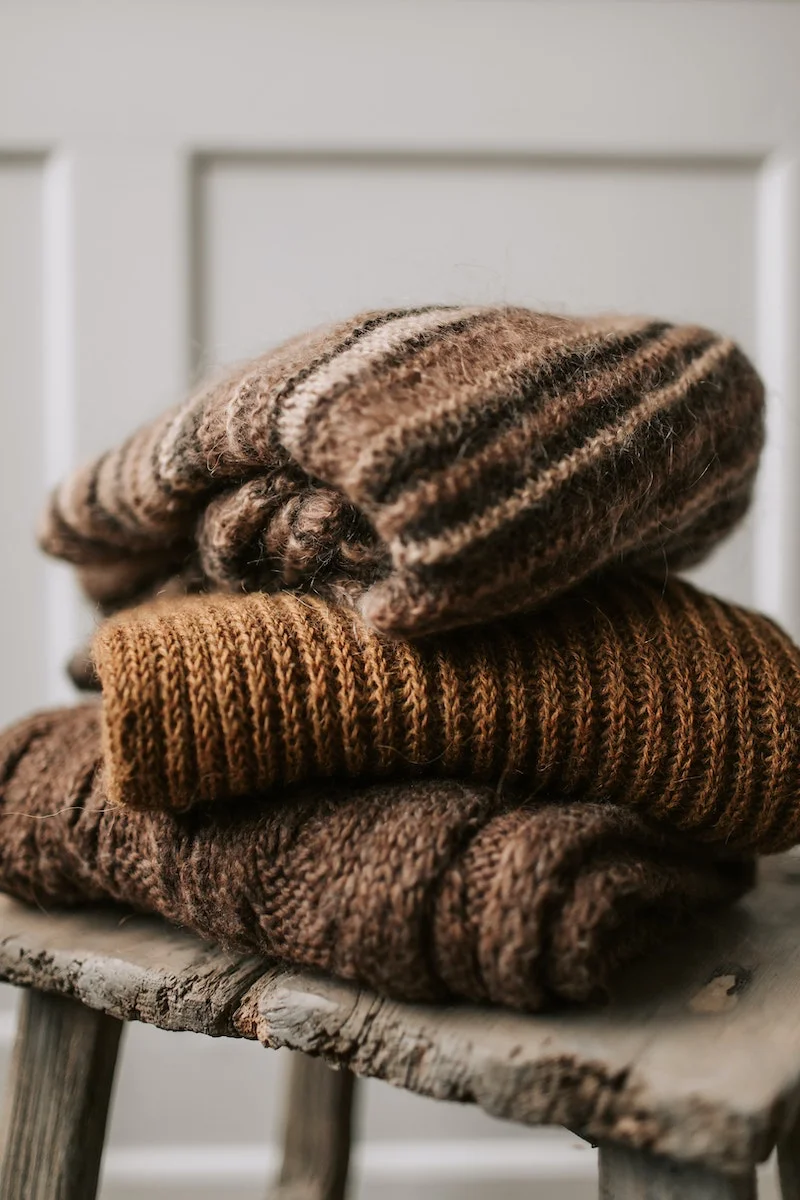
Why Wool and Cashmere Are So Delicate
Animal fibers like wool, cashmere, and alpaca are essentially protein. If you looked at a single wool fiber under a microscope, you’d see it’s covered in tiny, overlapping scales, almost like shingles on a roof. When you hit those fibers with heat, moisture, and agitation (hello, washing machine!), the scales flare up and lock onto each other. That’s a process called felting. It’s permanent, and it’s what we call “shrinking.” The fabric doesn’t just get smaller; it becomes a dense, matted mess.
This is exactly why cool temperatures and gentle handling are non-negotiable. The goal is just to clean the fibers without giving those scales a reason to grab each other. By the way, wool has natural oils that provide some water resistance and keep microbes at bay, which is why you don’t need to wash a wool sweater after every single wear. Over-washing just strips those protective oils.
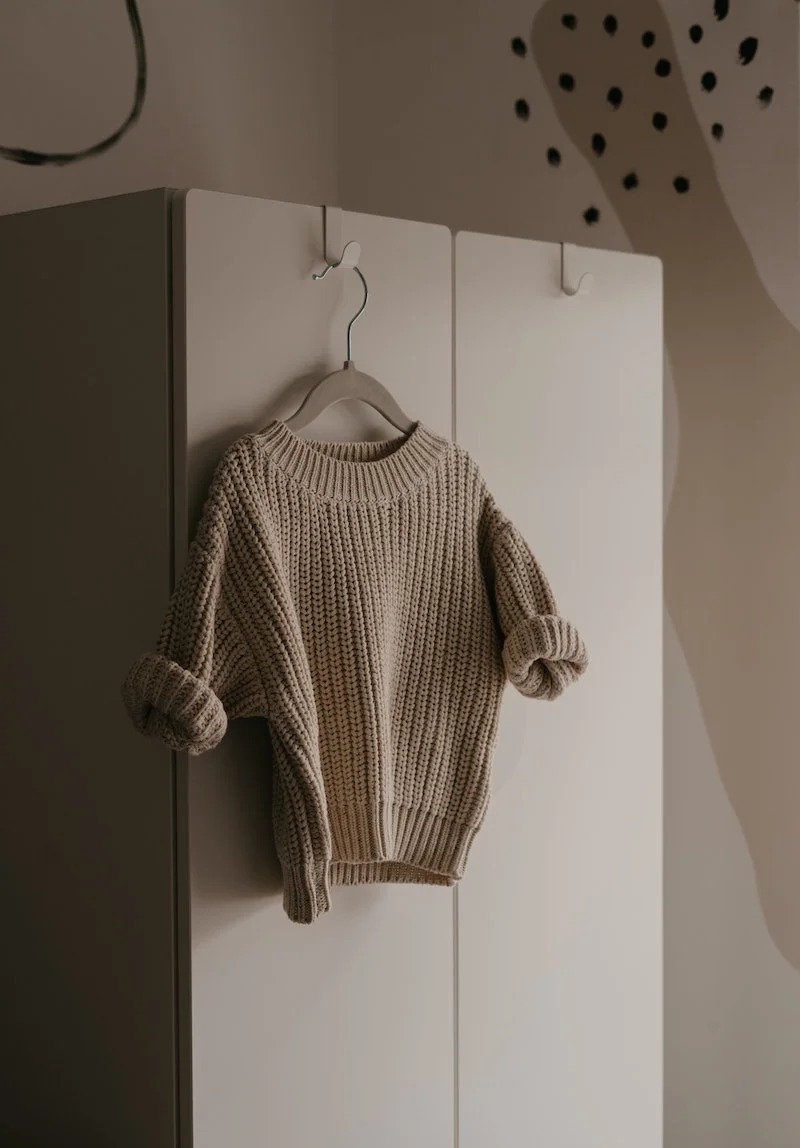
What About Cotton, Acrylic, and Blends?
Plant-based fibers like cotton are way more durable and don’t have those scales, so they won’t felt. But, they can still shrink in high heat. The bigger issue with cotton is that it gets incredibly heavy when it’s soaked with water, which can cause it to stretch out of shape if you’re not careful. Synthetics like acrylic are basically plastic threads. They’re tough and won’t shrink, but they are notorious for pilling and generating static. A lot of sweaters these days are blends, which can give you the best (or worst) of both worlds. A wool-acrylic blend might resist felting a bit better, but you still need to be gentle to prevent stretching and pilling.
The Prep Work: Don’t You Dare Skip This
Honestly, proper prep work prevents about 90% of all problems. Taking a few minutes before you start can save you a world of hurt later on.
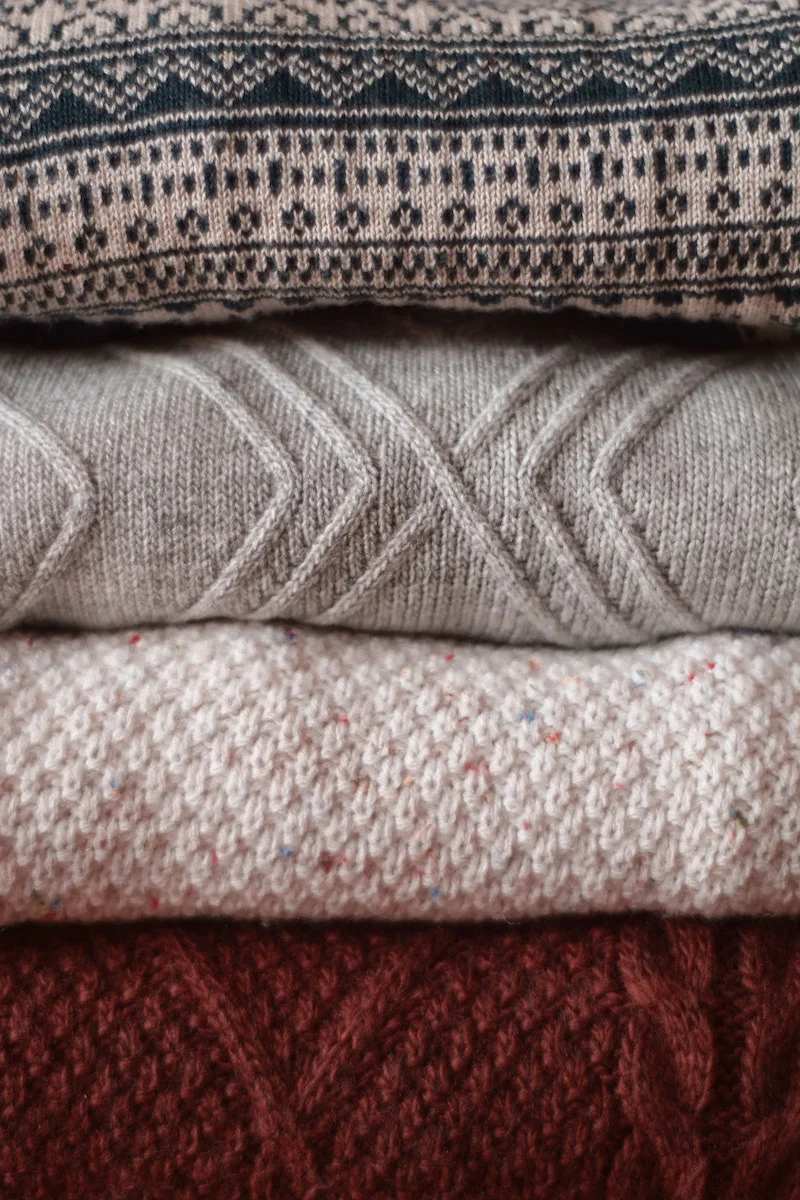
1. Actually Read the Care Label
It seems obvious, but we all skip it. The care label is your official instruction manual. If it says “Dry Clean ONLY,” you should probably listen. This isn’t just the manufacturer covering their bases; it usually means the garment is structured in a way that water will ruin, or it has embellishments like leather patches or delicate beadwork that can’t handle a soak.
2. Do a Quick Colorfastness Test
I cannot stress this enough, especially for new sweaters or anything with deep colors like red, navy, or black. Find an inside seam where no one will see it. Dampen a cotton swab with cool water and a tiny bit of the soap you plan to use. Gently rub it on the seam. If any color comes off on the swab, that dye is going to bleed in the wash. Wash it completely by itself until it stops bleeding, or just hand it over to a professional.

3. Treat Stains First
Never, ever wash a sweater with a stain on it. The heat from the water—even cool water—can set that stain for good. For oily spots like salad dressing, lightly dust the area with cornstarch. Let it sit for an hour to soak up the oil, then gently brush it off. For things like coffee or wine, blot the stain immediately (don’t rub!) with a clean cloth, working from the outside-in to keep it from spreading.
4. De-Pill Your Sweater
Those annoying little fuzz-balls are much easier to remove when the sweater is dry. A sweater stone (a block of natural pumice) is a great, gentle option and costs around $10. For a faster fix, a good electric fabric shaver is a game-changer and will run you between $15 and $25 online or at a home goods store. Just use a very light touch so you don’t accidentally snag the knit!
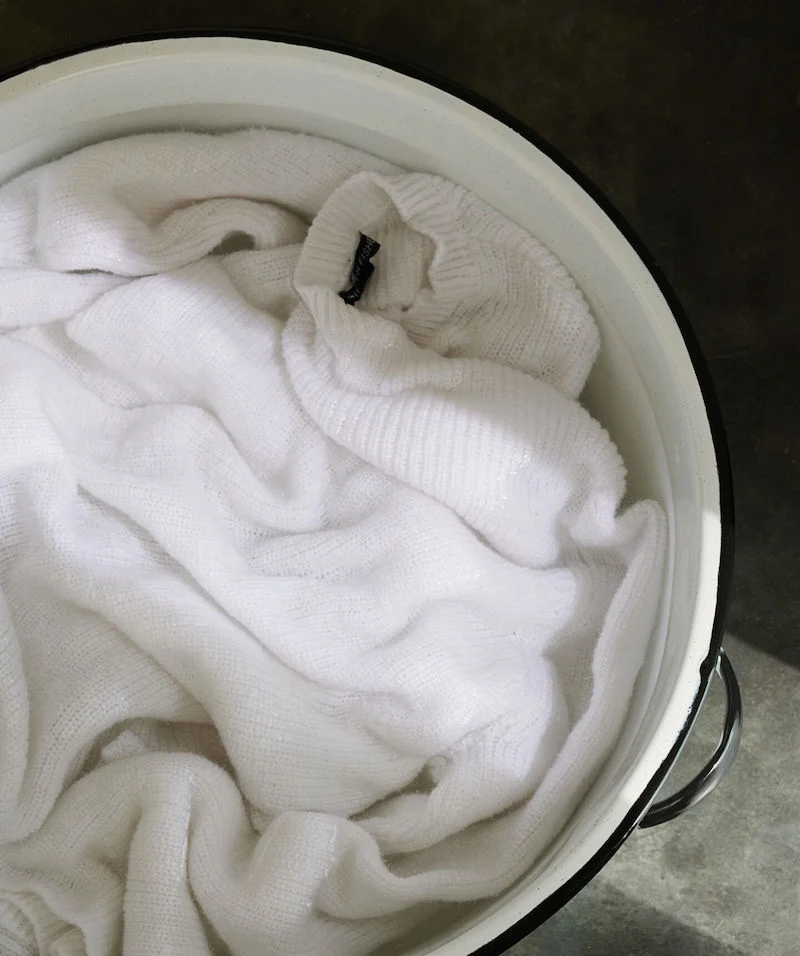
The Hand-Washing Method: Your Best Bet for Fine Knits
For your prized cashmere, merino, and alpaca sweaters, hand-washing is the gold standard. It gives you total control. Just do yourself a favor and use a clean plastic wash basin or a very clean bathtub—not the kitchen sink where food oils can linger.
What You’ll Need:
- A clean wash basin or tub
- A pH-neutral wool wash (no-rinse formulas like Eucalan or Soak are amazing)
- Two big, clean, thick towels
- A mesh drying rack or another fresh towel
A quick note: If you’re in a pinch, a tiny drop of gentle baby shampoo can work as a substitute, but a dedicated wool wash is truly your best bet. A bottle costs around $18 but will last you for ages because you use so little.
The Step-by-Step Process:
Step 1: Get the Water Ready. Fill your basin with cool to lukewarm water—think around 85°F. Water that’s too cold can shock the fibers, and hot water causes felting. Add your wool wash and swirl it around to dissolve.

Step 2: Submerge and Soak. Turn the sweater inside out. Gently place it in the water and press down until it’s fully submerged. Now, leave it alone! Don’t wring, twist, or scrub. A couple of gentle squeezes is all the agitation it needs. Let it soak for about 30 minutes.
Step 3: Rinsing (Only If Needed). If you used a no-rinse formula, you can skip this! If not, lift the sweater out, supporting its full weight so it doesn’t stretch. Gently squeeze out the soapy water (again, no wringing). Place it in a second basin of clean, cool water and swish. Repeat until the suds are gone.
The Machine-Washing Method: Proceed with Caution
Okay, I get it. Sometimes life is too busy for hand-washing. You can machine wash some sweaters, but only if they are sturdy cotton, a tough blend, or the tag explicitly says it’s okay.
Here’s how to do it without a disaster:
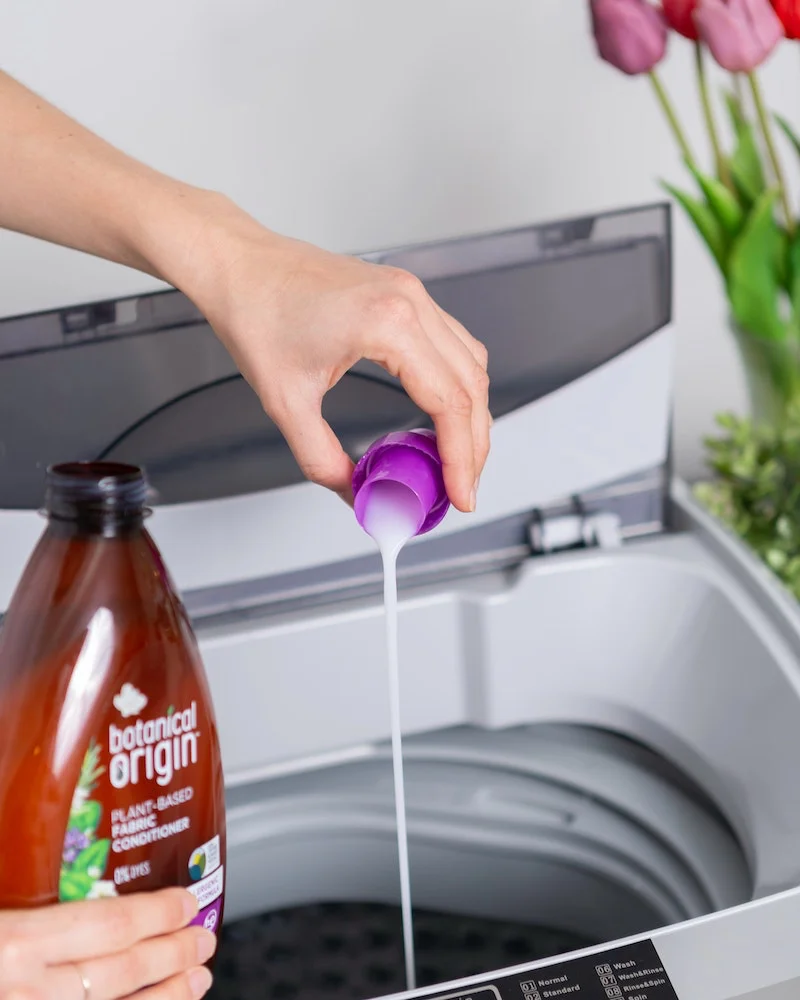
- Turn it inside out and use a mesh laundry bag. This is non-negotiable. The bag reduces friction and prevents snagging.
- Select the right cycle. Use the “Delicate,” “Wool,” or “Hand Wash” setting on your machine.
- Cold water ONLY. No exceptions.
- Use a gentle, pH-neutral detergent. And use it sparingly.
- Set the spin to LOW or, even better, NO SPIN. A high-speed spin cycle is just as bad as agitation for stretching and felting knits.
The Drying Phase: Where Most People Go Wrong
You’ve successfully washed your sweater. Don’t ruin it now! NEVER hang a wet sweater. The weight of the water will pull the fibers downward, stretching the shoulders and body into a completely new, unflattering shape.
Instead, use the “towel burrito” method. Lay the wet sweater flat on a thick, clean towel. Roll the towel up with the sweater inside, like a jelly roll. Gently press down on the roll to squeeze out excess water. Don’t wring it, just press.

Then, unroll it and lay the damp sweater flat on a dry towel or, ideally, a mesh drying rack. You can find these racks online or at places like The Container Store for about $20, and they’re worth every penny because they allow air to circulate all around. Carefully reshape the sweater—straighten the arms, square up the hem—and leave it to dry. Heads up: this can take a full 24 to 48 hours, so be patient.
How Often Should You Wash, Anyway?
For natural fiber sweaters, you don’t need to wash them that often. A good rule of thumb is after every 4-5 wears, unless you spill something on it. In between, you can just air it out or give it a quick pass with a garment steamer to refresh it.
Hand Wash vs. Machine Wash vs. Dry Cleaner
So, what’s the right call? Think of it this way:
Hand-washing is your safest bet. It has the lowest risk and costs next to nothing. It’s the go-to for anything expensive, delicate, or sentimental like cashmere and fine merino wool.

Machine-washing is for convenience. It’s best for tough cotton or acrylic sweaters that you’re not emotionally attached to. The risk is higher, but you can manage it by following the steps above to the letter.
Dry Cleaning is the most expensive option but the right choice for structured knit blazers, anything with leather or suede trim, or when the tag screams “Dry Clean ONLY.”
The “Oh No!” Fix for a Shrunken Sweater
Okay, what if the worst happens and your sweater comes out a little… snug? Don’t panic. There’s an emergency trick that can often save it.
Fill a basin with lukewarm water and add a generous dollop of cheap hair conditioner. Swirl it to dissolve, then submerge your shrunken sweater and let it soak for at least 30 minutes. The conditioner helps relax the protein fibers. After soaking, gently squeeze out the water (don’t rinse!) and do the towel burrito trick. Then, lay it on a dry towel and carefully, patiently stretch it back into its original shape as it dries. It won’t save a completely felted-solid sweater, but for minor shrinking, it can be a lifesaver.
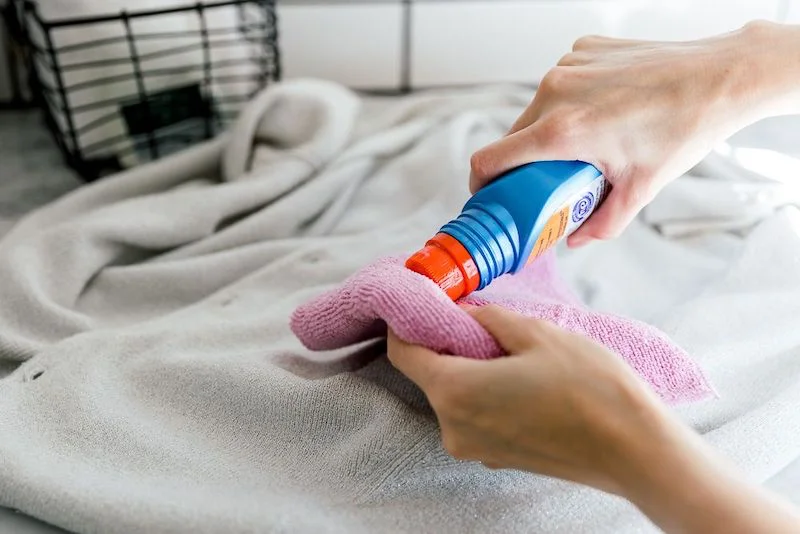
And a final pro tip: once your sweaters are clean and dry, always fold them. Never hang them in your closet. Hanging puts all the weight on the shoulders and will cause permanent stretching and bumps. A simple fold will keep them looking perfect for their next wear.
Inspiration:
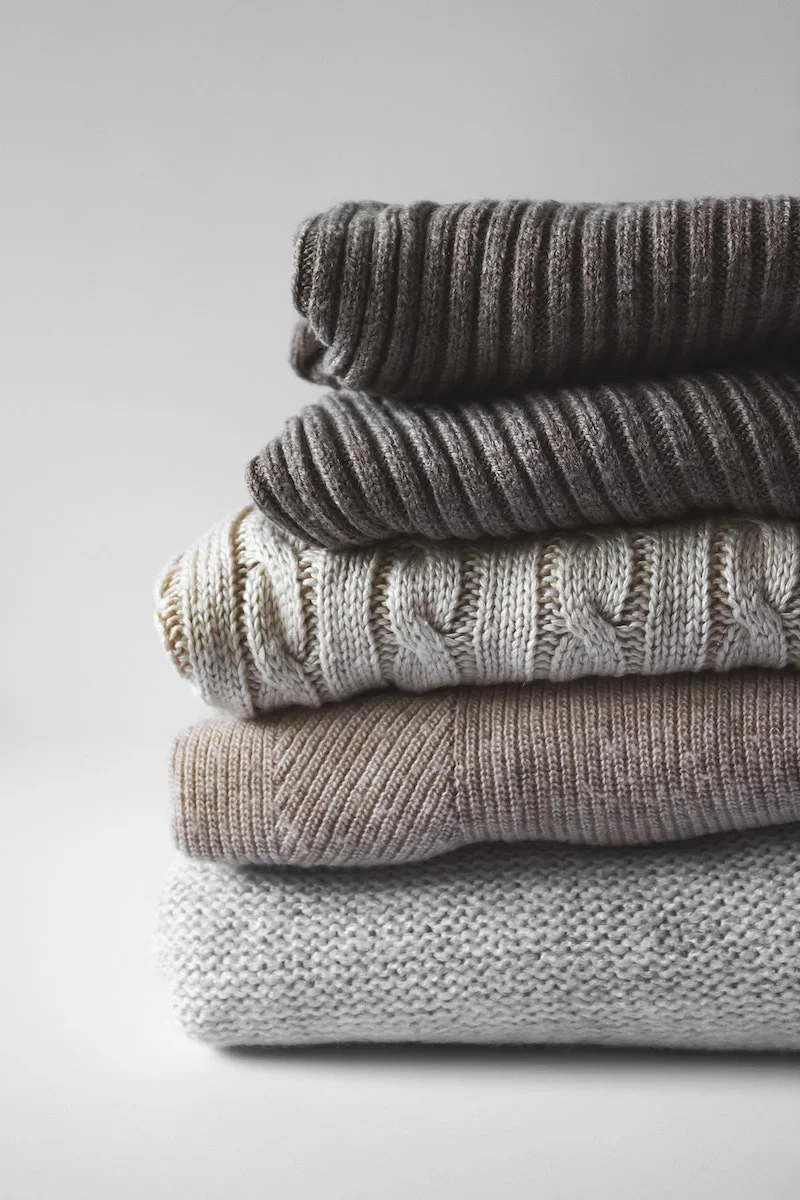
What’s the best detergent for my delicate knits?
The soap you choose is just as important as the water temperature. For prized animal fibers, look for a pH-neutral formula specifically designed for wool. Classic choices like The Laundress Wool & Cashmere Shampoo are excellent because they clean effectively without stripping natural lanolin. For an even gentler, time-saving option, a no-rinse wash like Eucalan is a game-changer. You simply soak the garment and don’t have to rinse, which radically reduces handling and stress on the fibers. In a pinch? A small drop of gentle baby shampoo can also work wonders.










